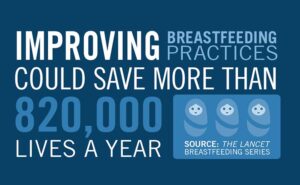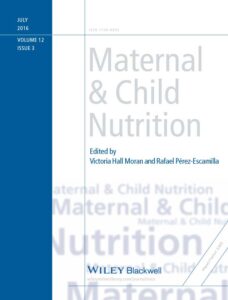Page: Where We Work
We have worked at the global level and in five countries to conduct and communicate research on the availability, promotion, and consumption of foods consumed by infants and young children. Learn more about our activities in the following countries: CambodiaIndonesiaNepalSenegalTanzania






